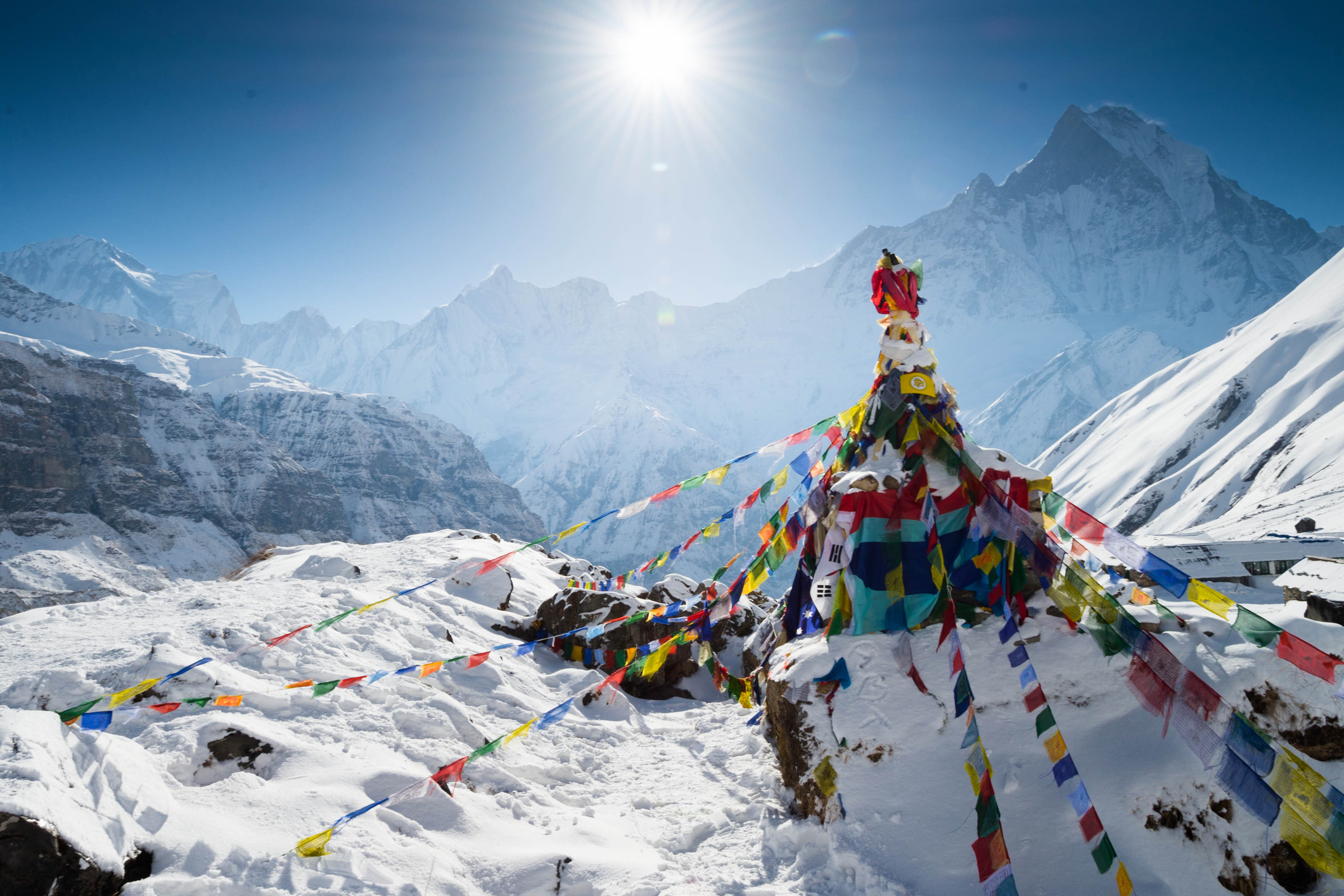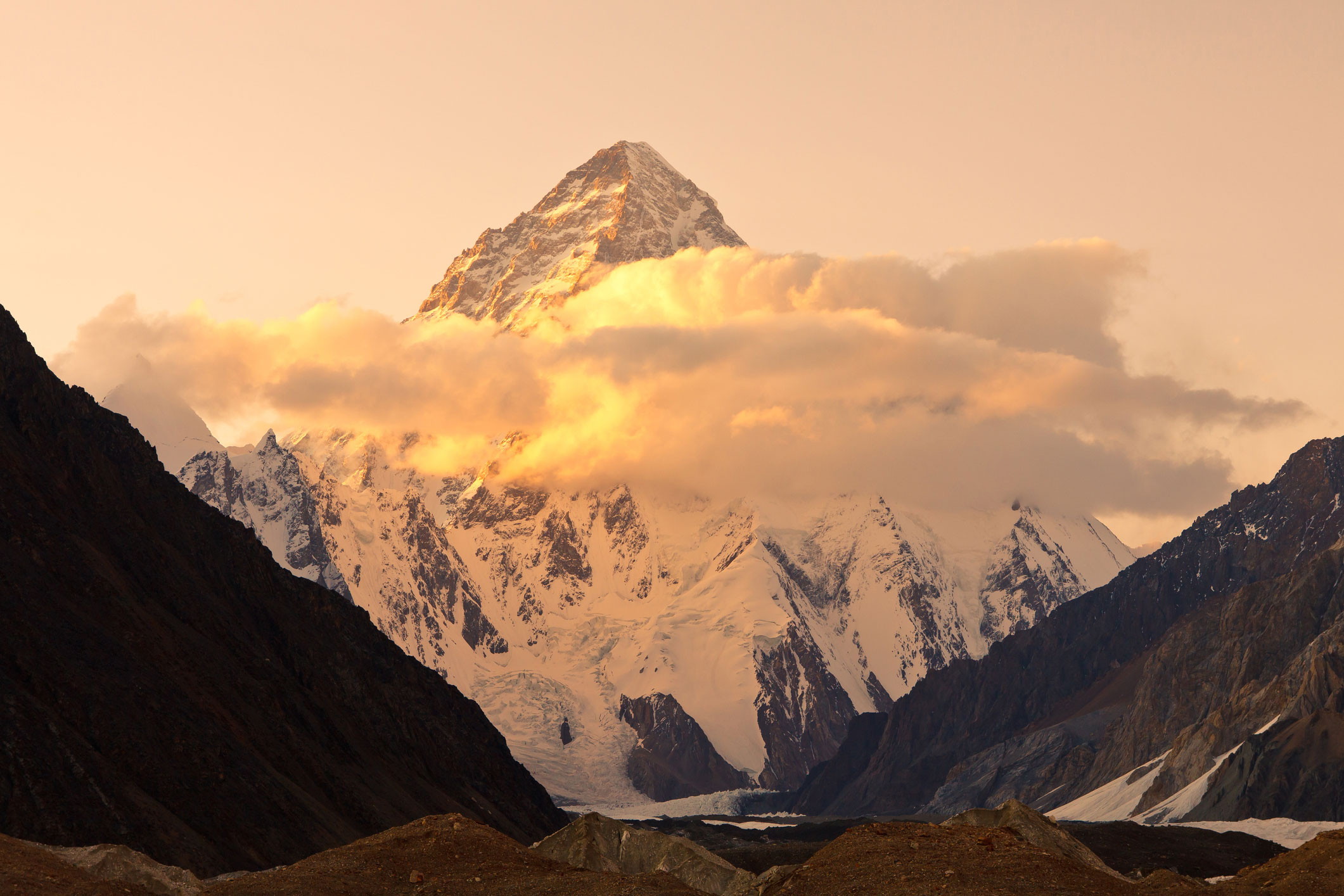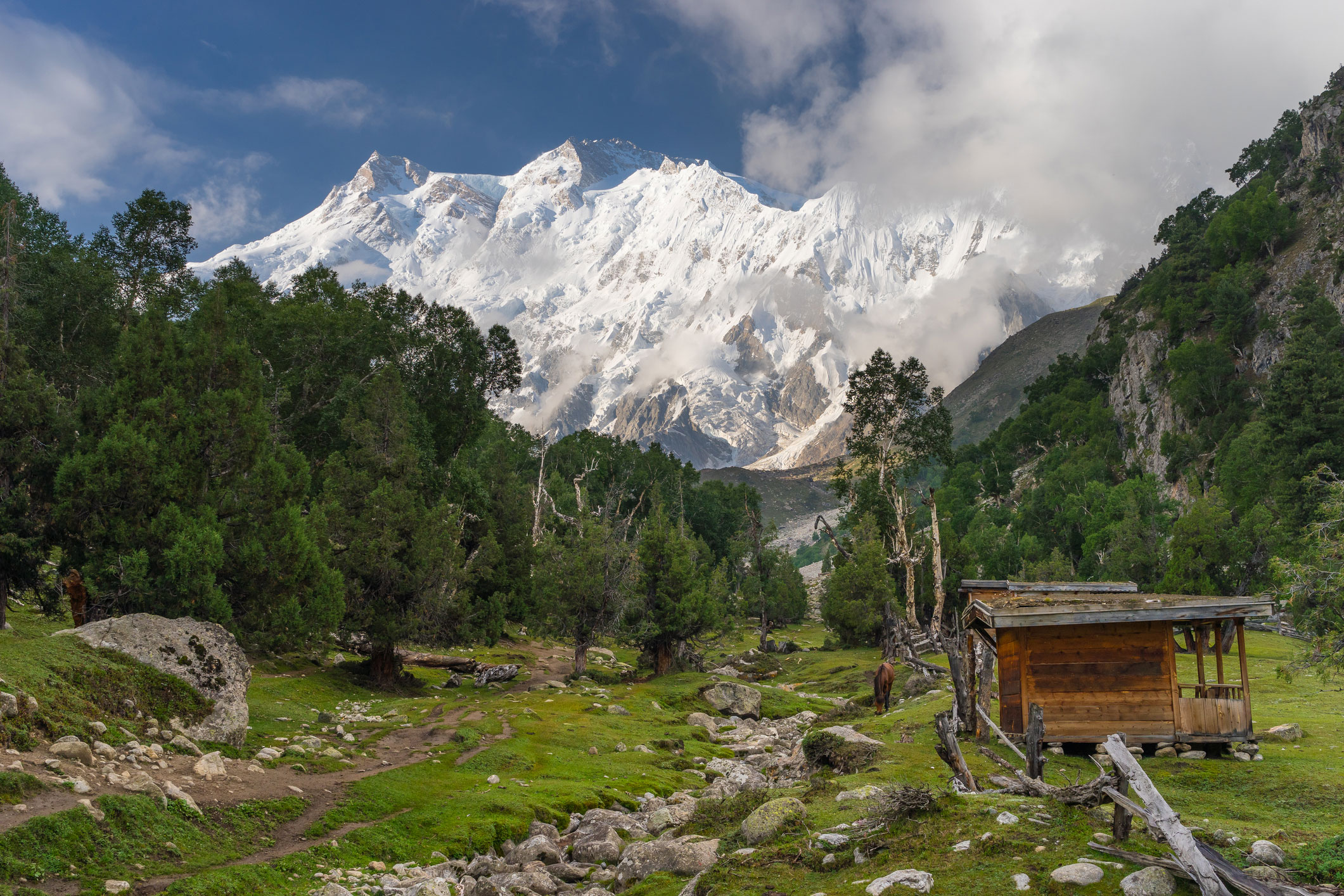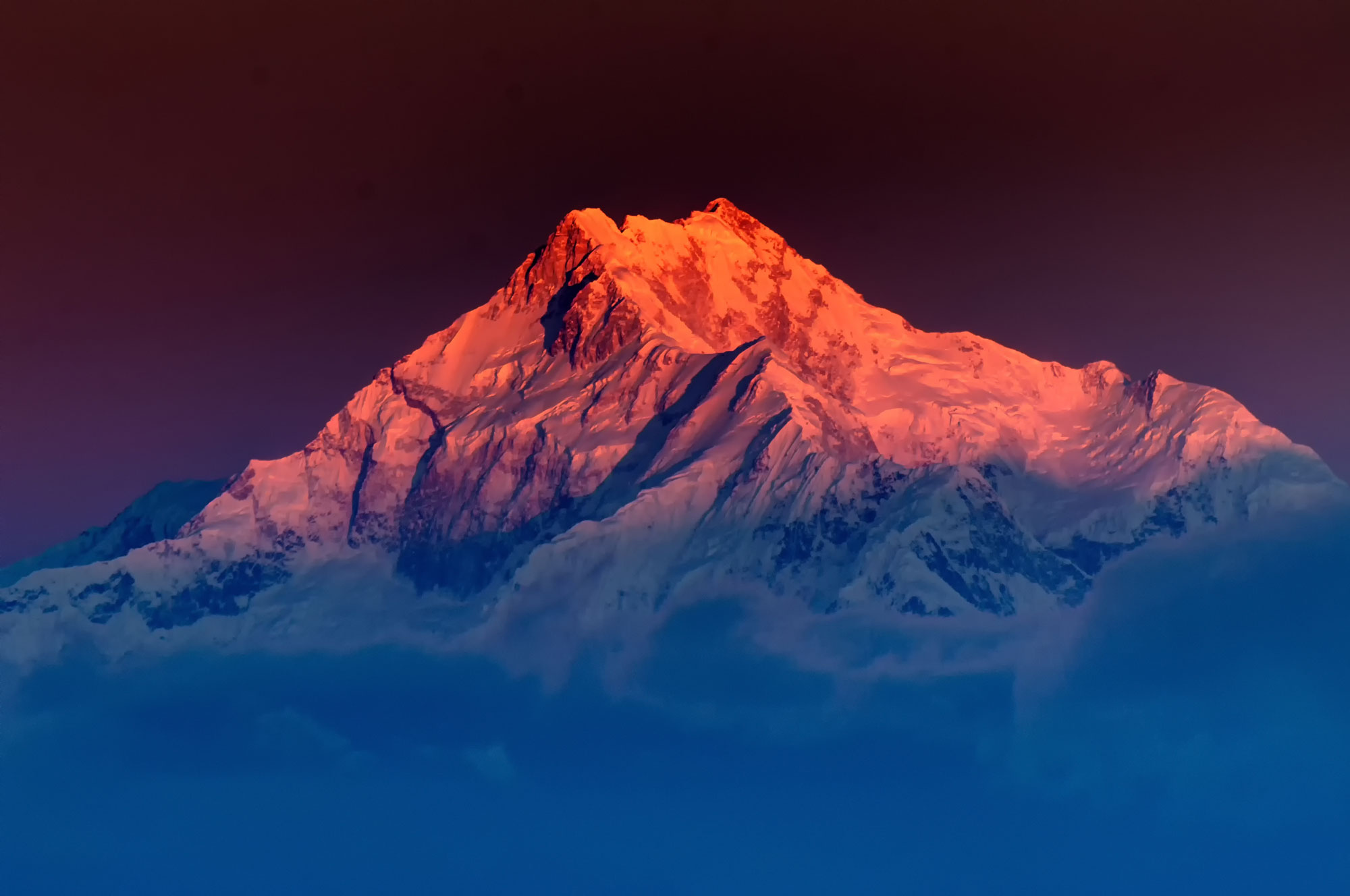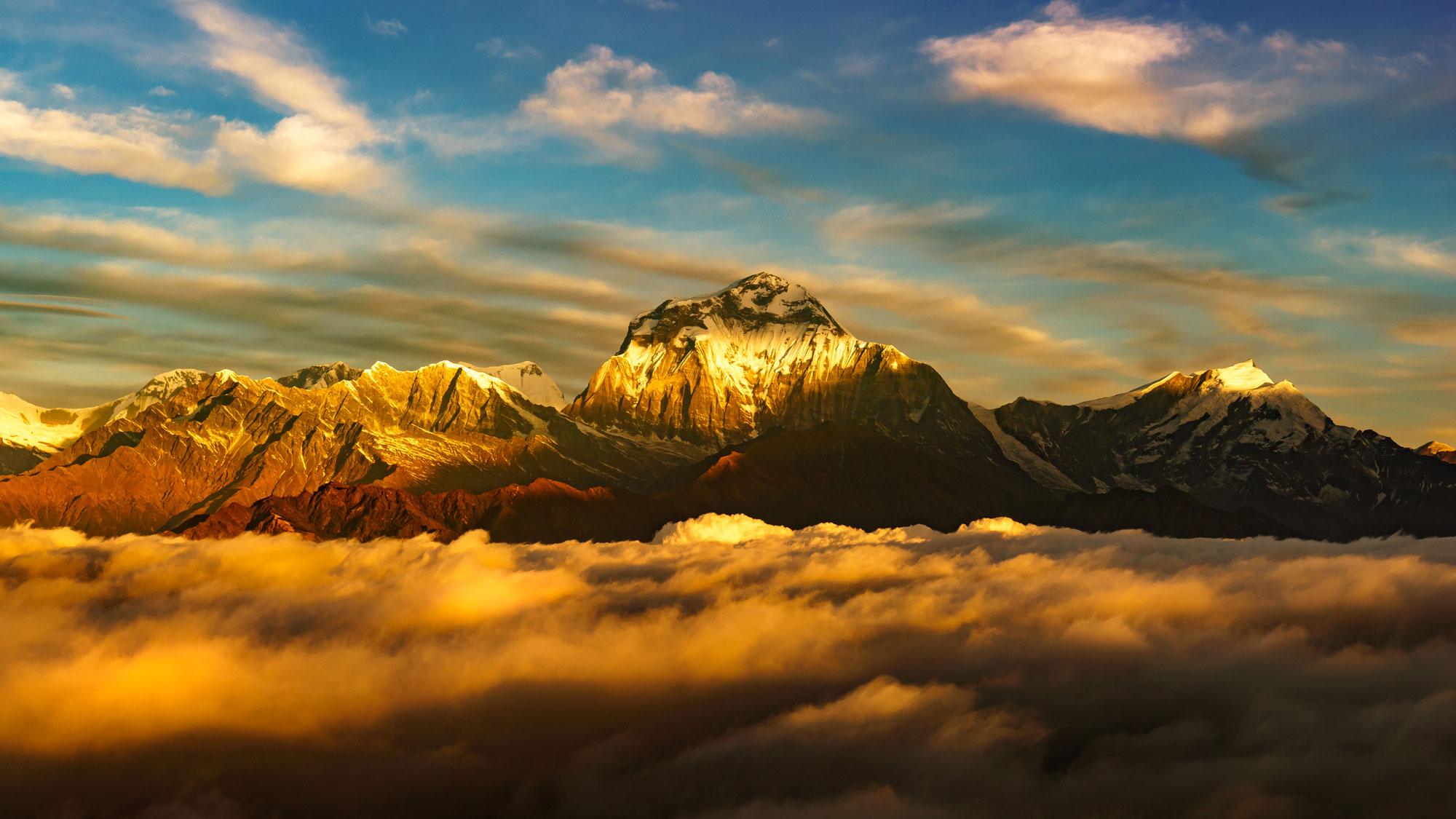It goes without saying that climbing big mountains can be dangerous, and that some mountains are considerably more dangerous to climb than others. But what is the most dangerous mountain in the world? You might be forgiven for thinking that because Everest is the highest mountain in the world, it’s also the deadliest. However, in terms of the percentage rates of people who die attempting to summit it Everest is actually comparatively safe when you put it next to some of the other mountains on this list. Which is not to say that the world’s highest mountain isn’t without its dangers, as anyone who’s read up on the gruesome subject of dead bodies on Everest will tell you.
Anyway, based on death-to-summit ratios here are the five deadliest mountains on the planet.
1) Annapurna
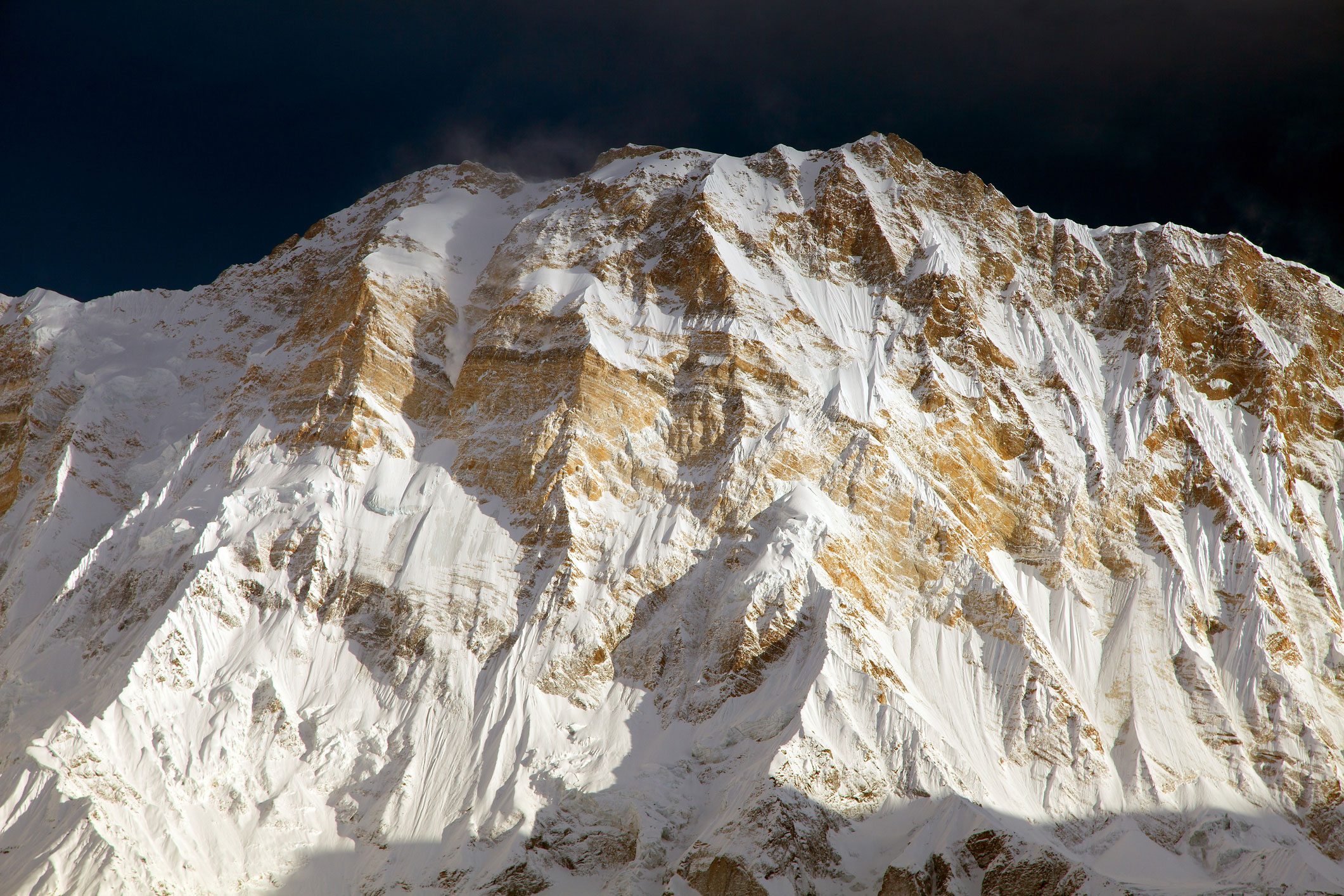
At 8,091 metres high, Annapurna might only be the 10th highest mountain in the world but when judged purely on fatality risk the massif’s main peak has, over the years, established itself as the planet’s most dangerous mountain.
As of 2012, Annapurna I Main (the mountain’s official title) had seen 191 summit ascents and 61 climbing fatalities. This puts Annapurna’s fatality-to-summit ratio at an astonishing 32%, meaning that for every three climbers trying to make it up and down the mountain one will die attempting it. The south face ascent is particularly notorious, and is considered by many to be the most difficult climb in the world.
“This puts Annapurna’s fatality-to-summit ratio at an astonishing 32%”
Despite being the first of the 8,000 metre peaks to be summited, in 1950 by Frenchmen Maurice Herzog and Louis Lachenal, Annapurna is to this day the least-climbed of all the mountains over 8,000 metres high. Everest, which is almost 800 metres higher than Annapurna at 8,848m, has been summited over 6,000 times whereas Annapurna has been climbed less than 200 times. A perfect illustration, we think, of the sheer difficulty and danger involved with climbing it.
In October 2014, at least 43 people were killed when snowstorms and avalanches hit Annapurna and the surrounding area. This is on record as being the worst trekking disaster in Nepal’s history.

